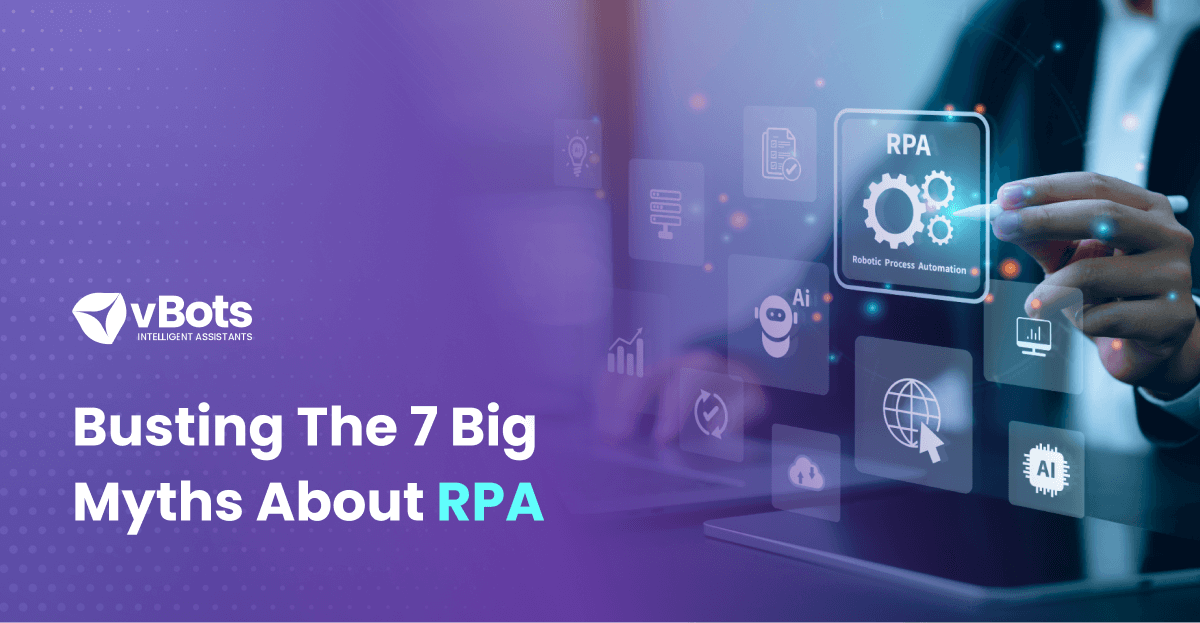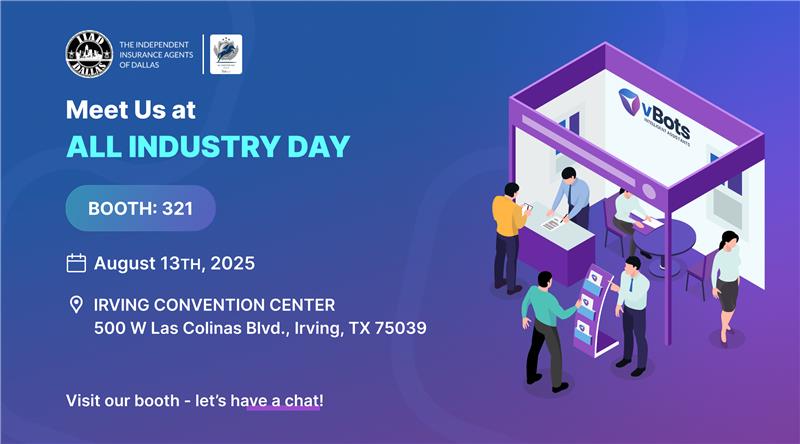Automation is already shaping modern life in ways we don’t even notice. From ATMs and self-checkout kiosks to smart home assistants and invisible backend bots, automation simplifies tasks, saves time, and improves efficiency across the board.
For businesses of all sizes, Intelligent Automation presents a massive opportunity to reduce costs and stay competitive. Yet despite its growing adoption, many organizations still hesitate, often because of outdated or inaccurate assumptions.
Let’s clear up the confusion by tackling the most common RPA myths, one by one.
Common RPA Misconceptions — Debunked
“Automation is too expensive for small businesses”
Reality: The cost of deploying an automation assistant depends on several factors: the processes you automate, the licensing model, customizations, and team training. While there are upfront costs, Intelligent Automation almost always pays for itself quickly.
According to Automation Anywhere’s Now & Next report, businesses typically see a 250% ROI within 6–9 months after deploying a bot.
It’s not just saving on manual labor that adds to the ROI. Automation assistants also free staff to focus on revenue-generating work.
“Automation will replace human jobs”
Reality: Intelligent Automation doesn’t eliminate jobs — it transforms them.
Intelligent assistants are engineered to handle repetitive, low-value tasks like data entry or cross-platform copy-pasting. This allows employees to focus on work that requires human intelligence, creativity, and empathy, like solving problems, engaging customers, or making strategic decisions. Intelligent assistants are not a replacement for your workforce.
“Automation requires replacing existing systems”
Reality: Intelligent Automation works with what you already have.
One of inteligent Automation’s biggest strengths is that it can integrate with legacy system/software without changing your core systems. Bots mimic human interactions (clicking, typing, extracting data), making them ideal for extending the life and functionality of older platforms.
That means no major upgrades, no system downtime, just faster workflows with minimal disruption.

“Automation can’t handle unstructured data”
Reality: Traditional RPA handles structured data very well – spreadsheets, forms, and databases. But it doesn’t stop there.
When paired with AI, Natural Language Processing (NLP), or OCR, RPA becomes Intelligent Automation and can process unstructured content like PDFs, Emails and Scanned documents.
These advanced capabilities allow intelligent assistants to extract, interpret, and even act on data from documents that once required manual review.
“Automation Assistants needs constant human oversight”
Reality: Intelligent assistants runs with minimal supervision.
They are designed to operate autonomously based on pre-set rules. Human input is only needed in exceptional cases, like missing data, regulatory approvals, or unexpected errors.
“Automation is the same as AI”
Reality: Intelligent Automation and AI are both automation technologies, but they serve different purposes:
Automation and AI are often used together, but they are not the same thing. Simple automation like RPA does not use AI and is good at automating repetitive tasks, mimicking human actions ideal for rule-based task automation. On the other hand, Intelligent Automation uses AI and is often used for complex tasks that require reasoning and decision-making.
Automation with Impact
Intelligent Automation is a proven strategy to boost efficiency, reduce costs, and empower your workforce. The misconceptions surrounding automation often stem from outdated assumptions or limited exposure to how it actually works in modern businesses.
When implemented thoughtfully, Intelligent Automation becomes a powerful ally and not a replacement for your team.
At vBots, we help you cut through the noise and uncover automation opportunities tailored to your unique operations. Whether you’re just getting started or scaling your automation strategy, our team is here to ensure you realize measurable impact — faster.



